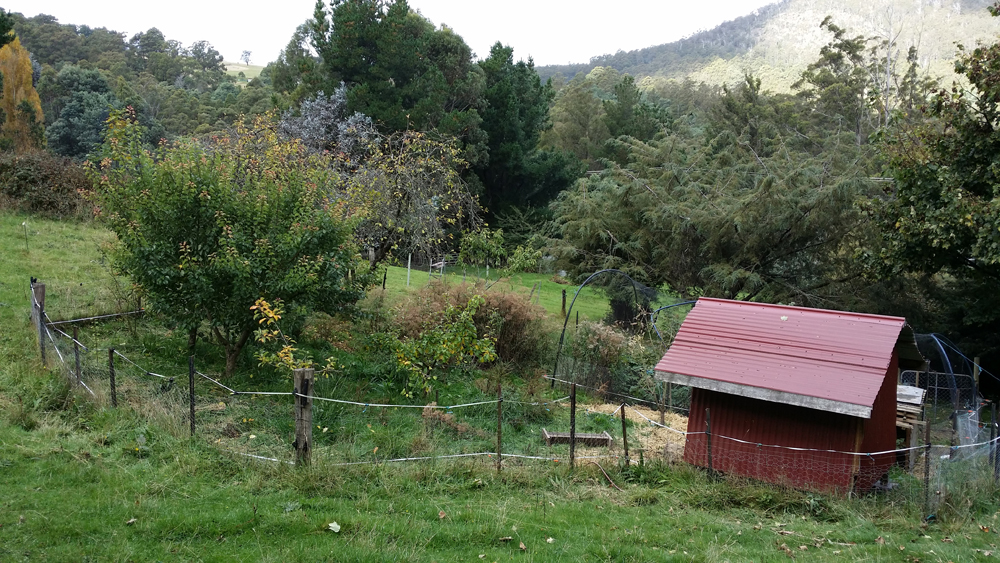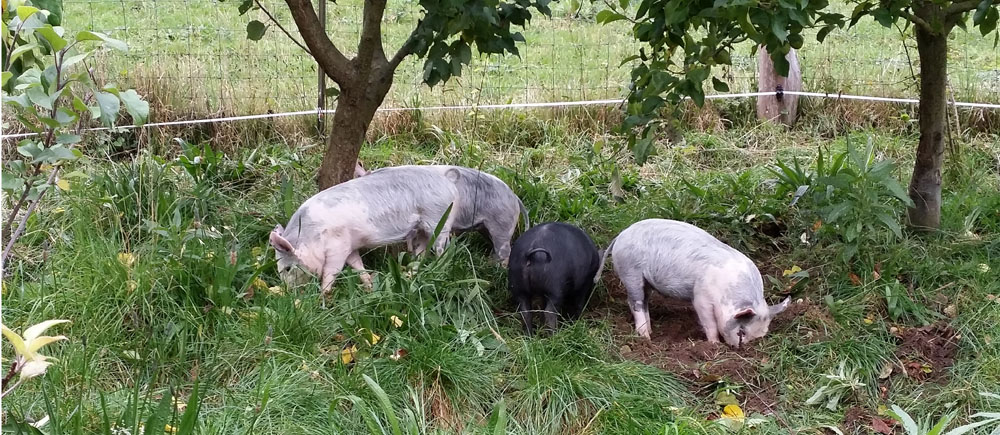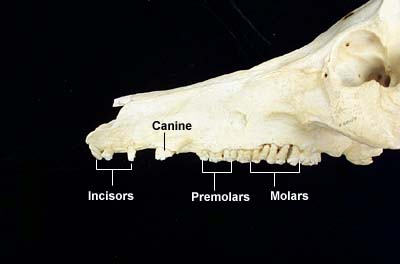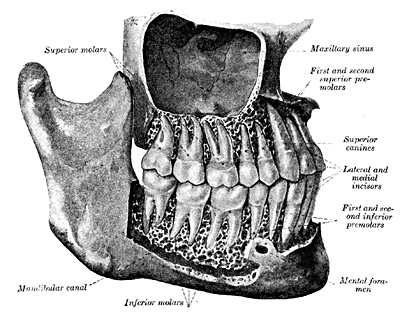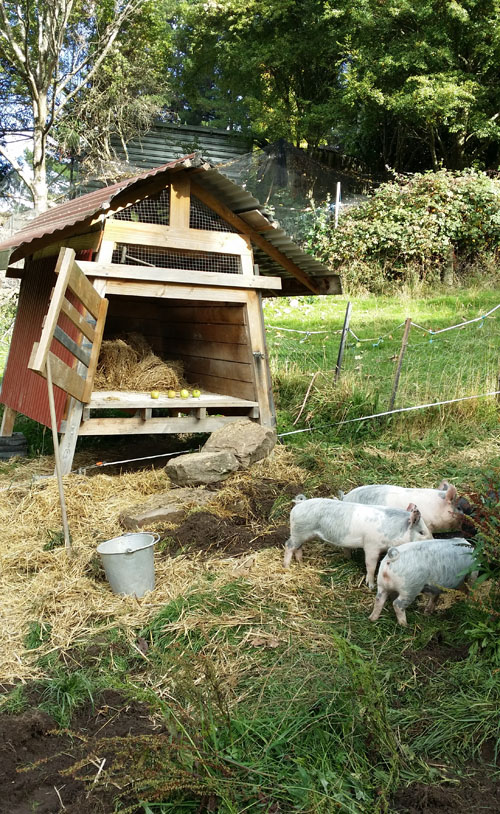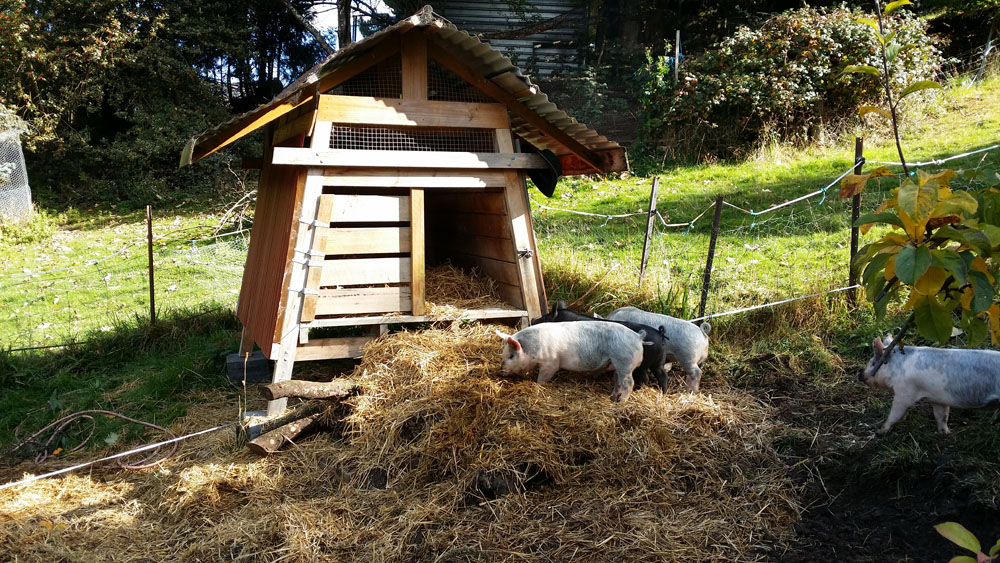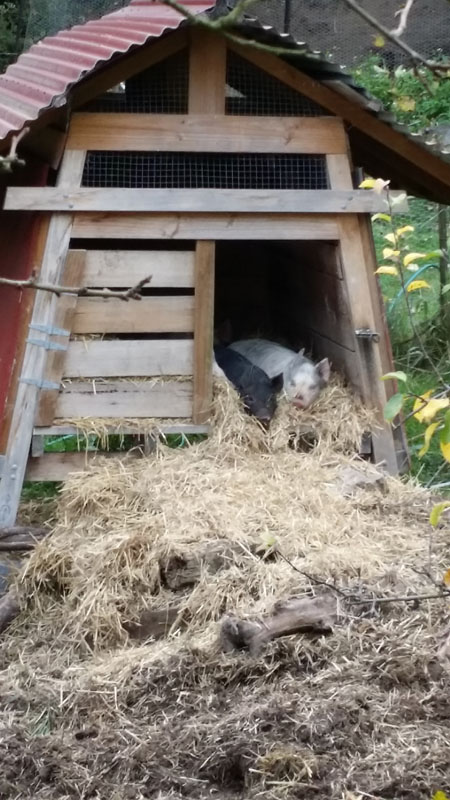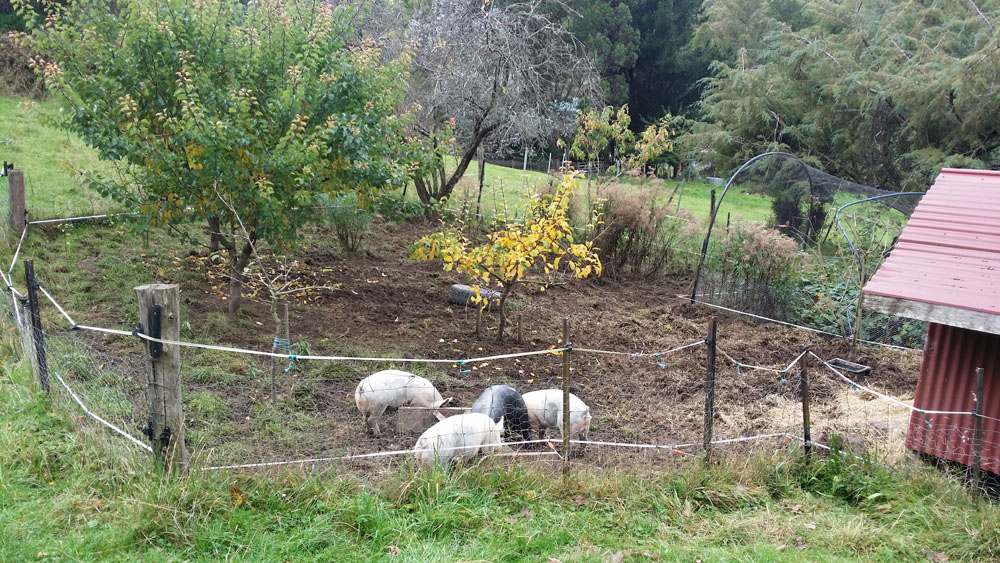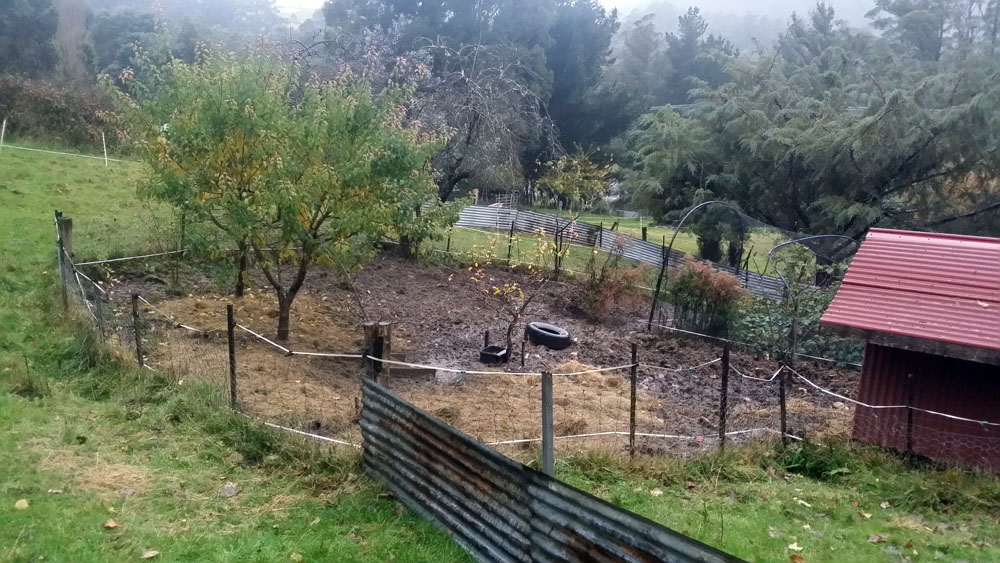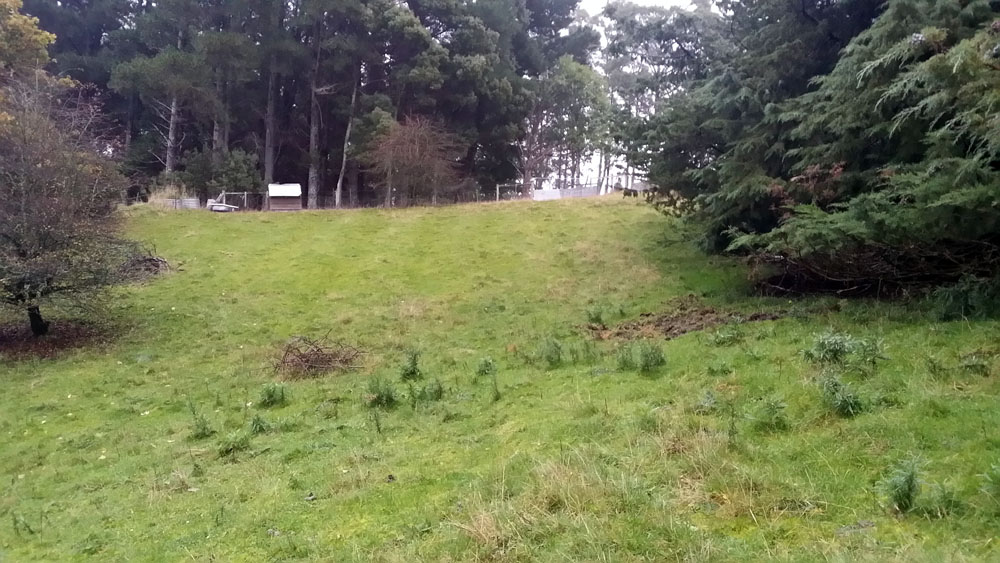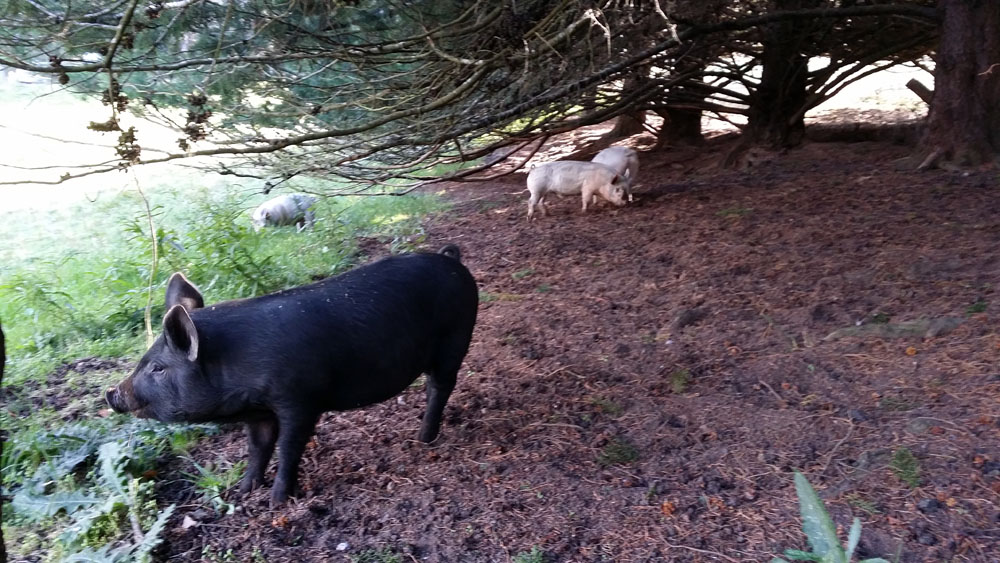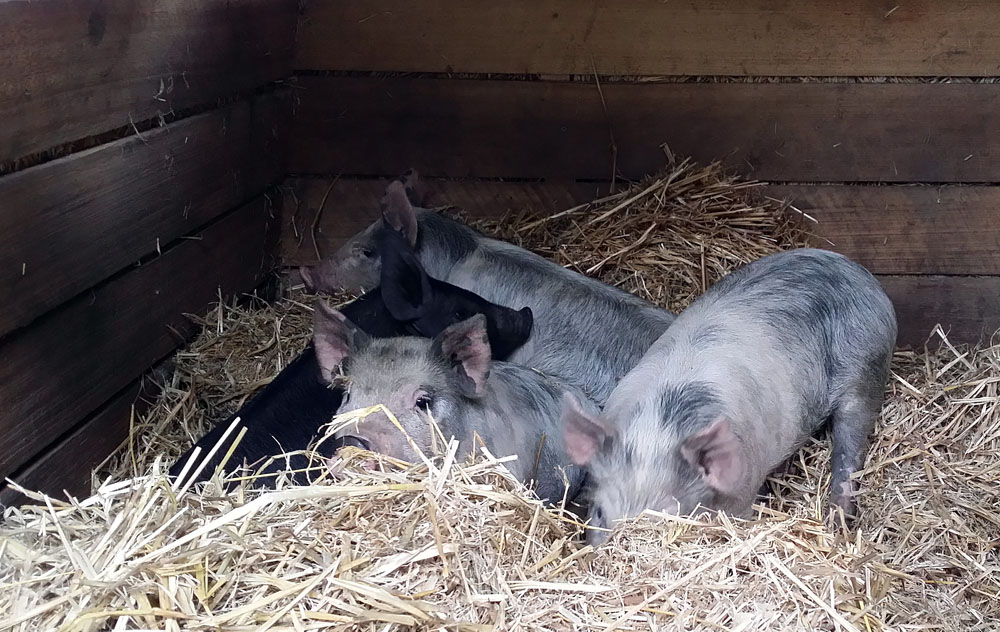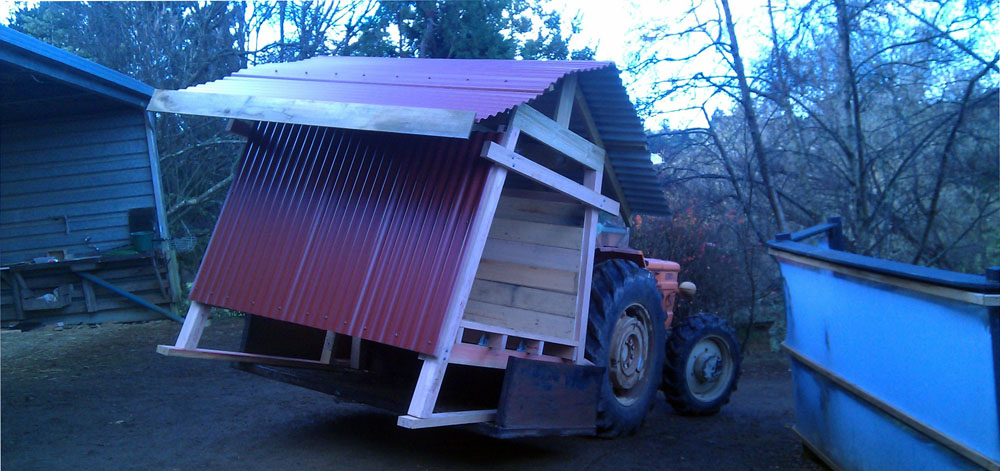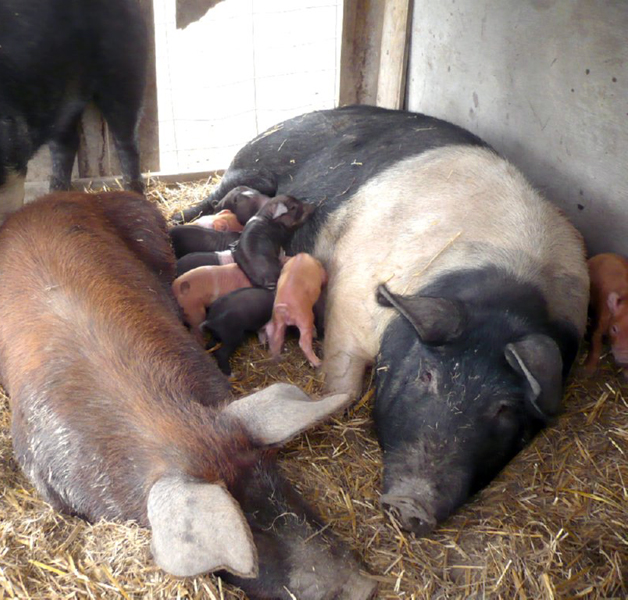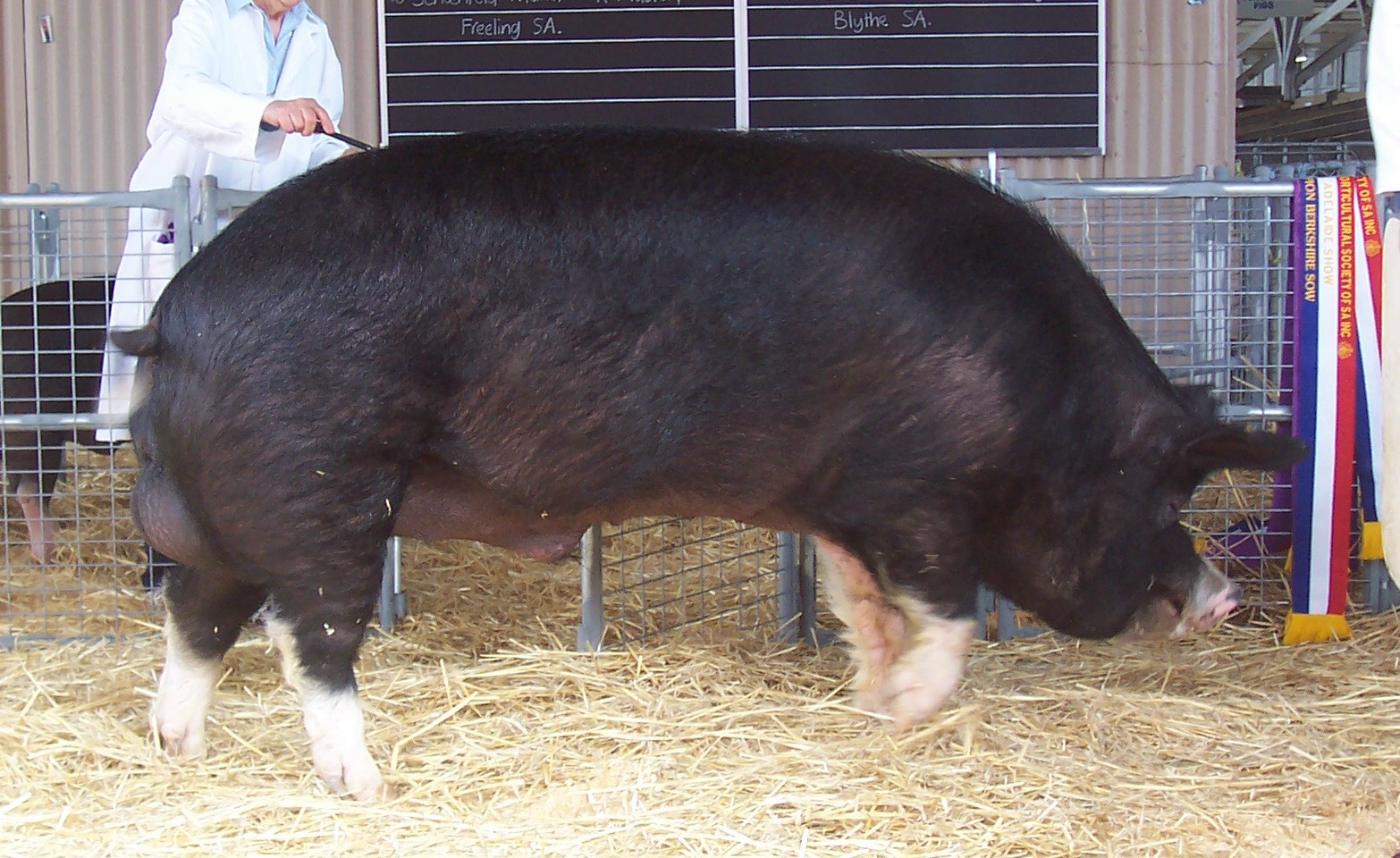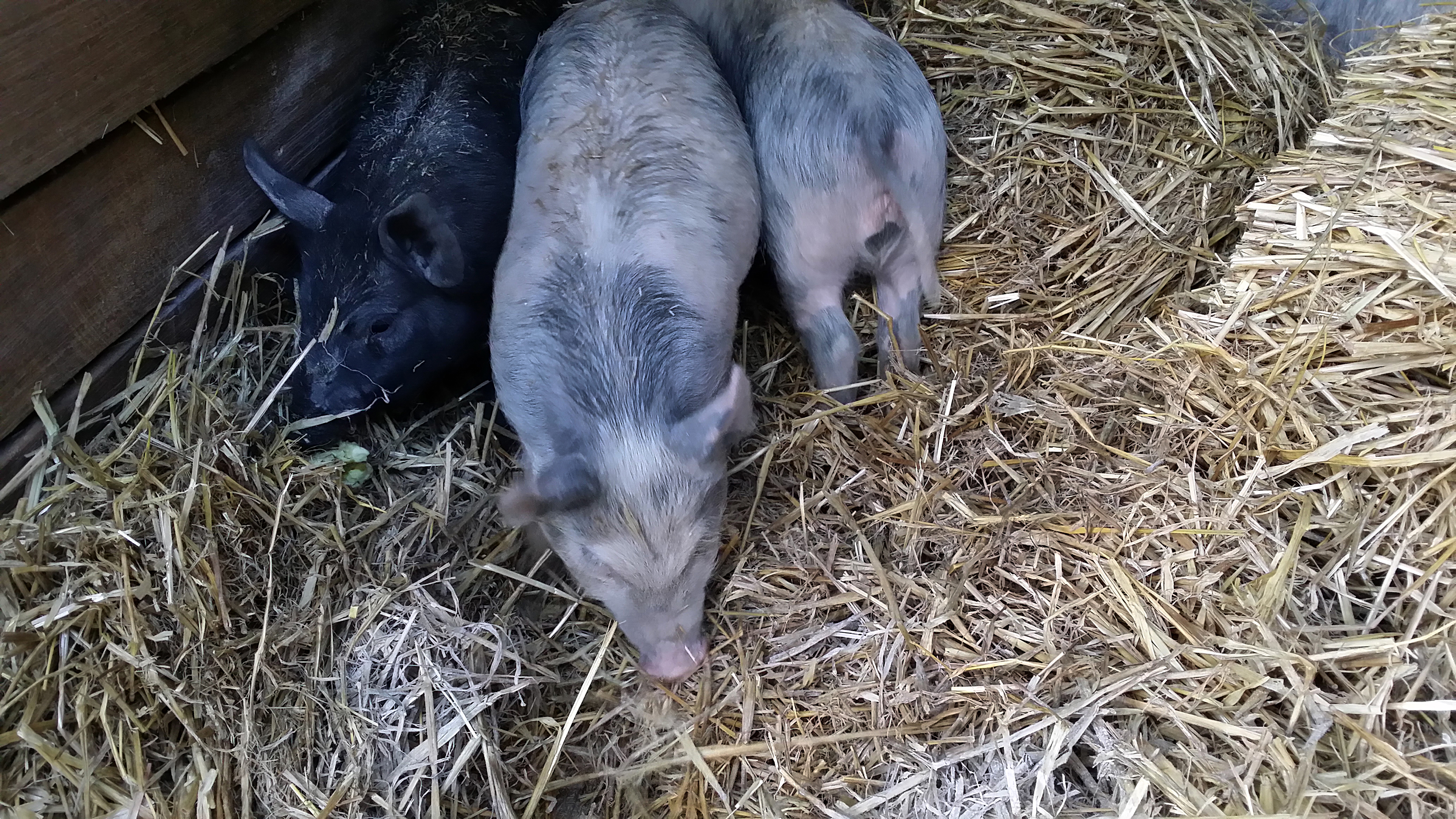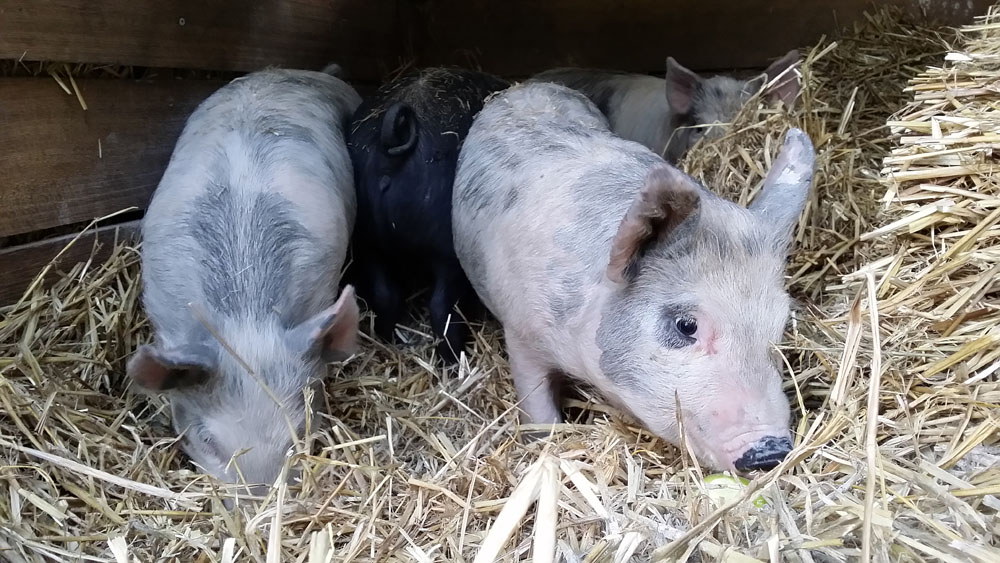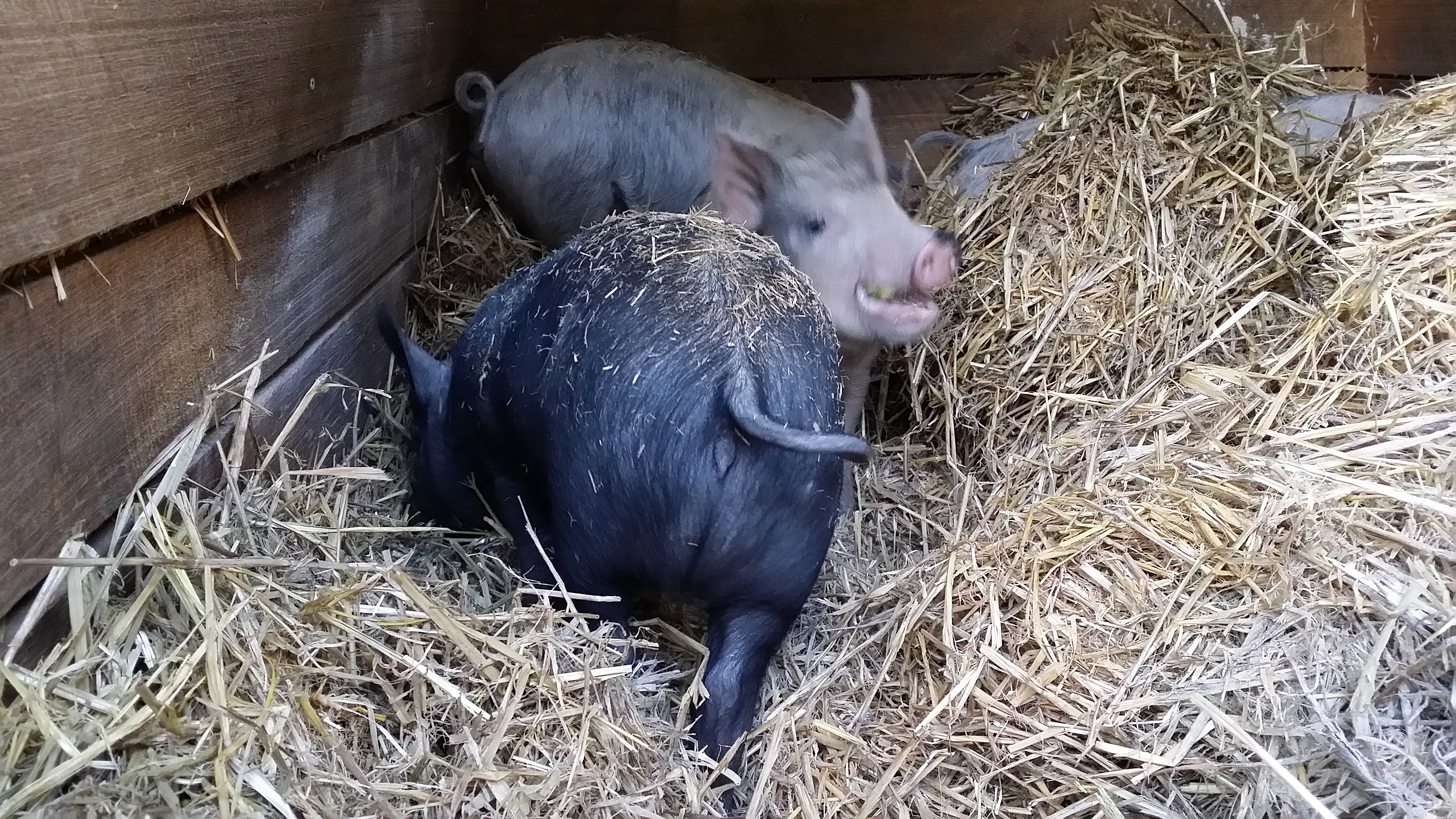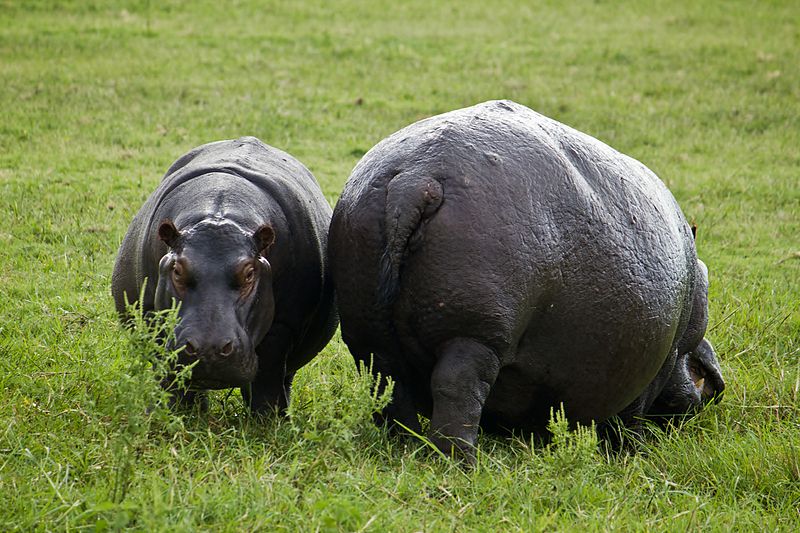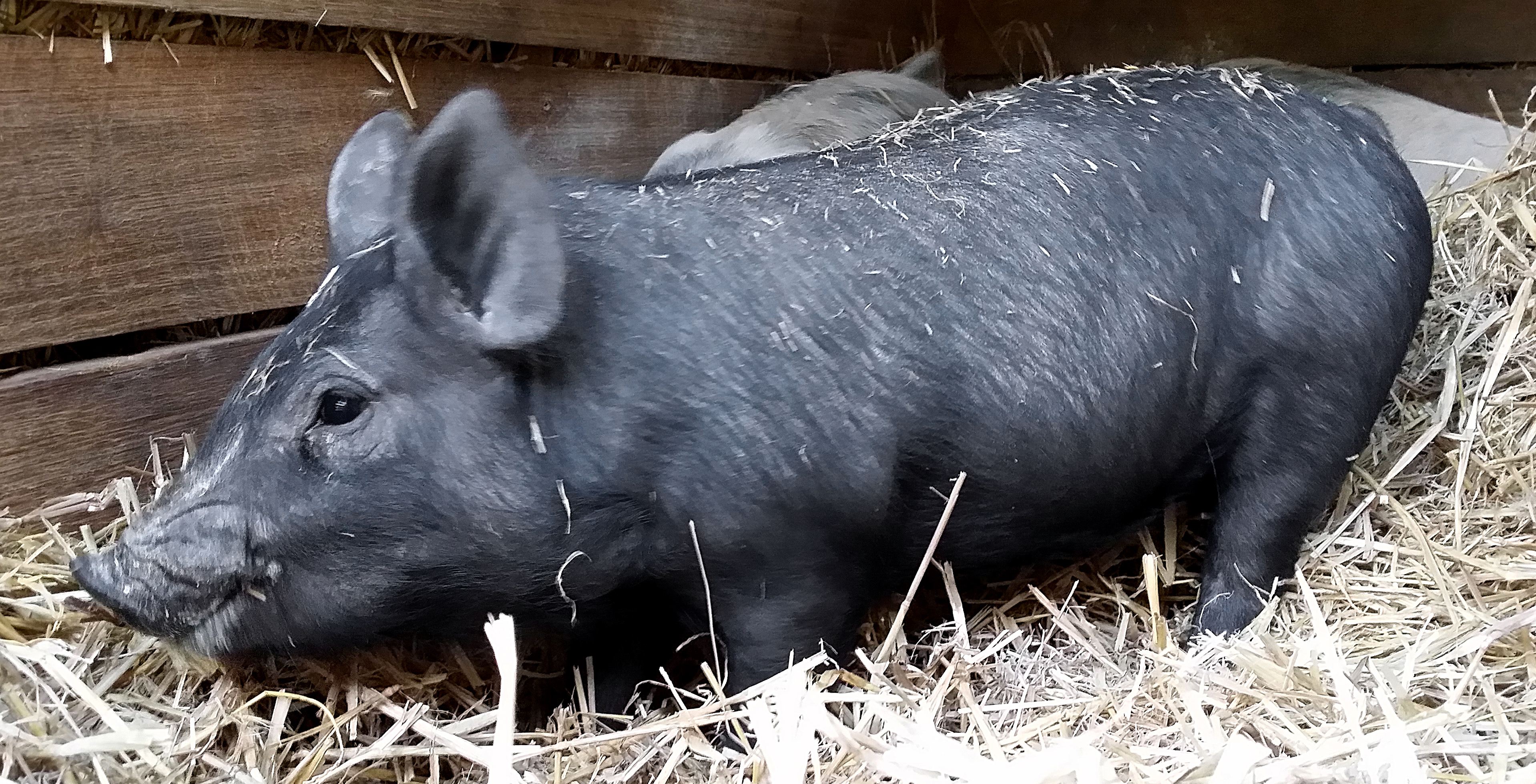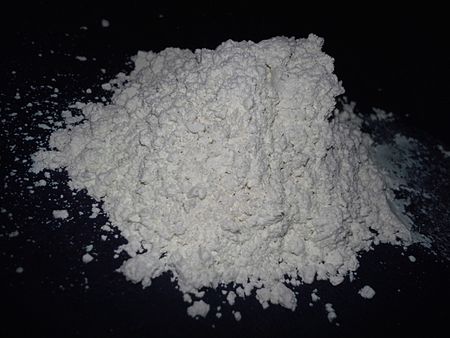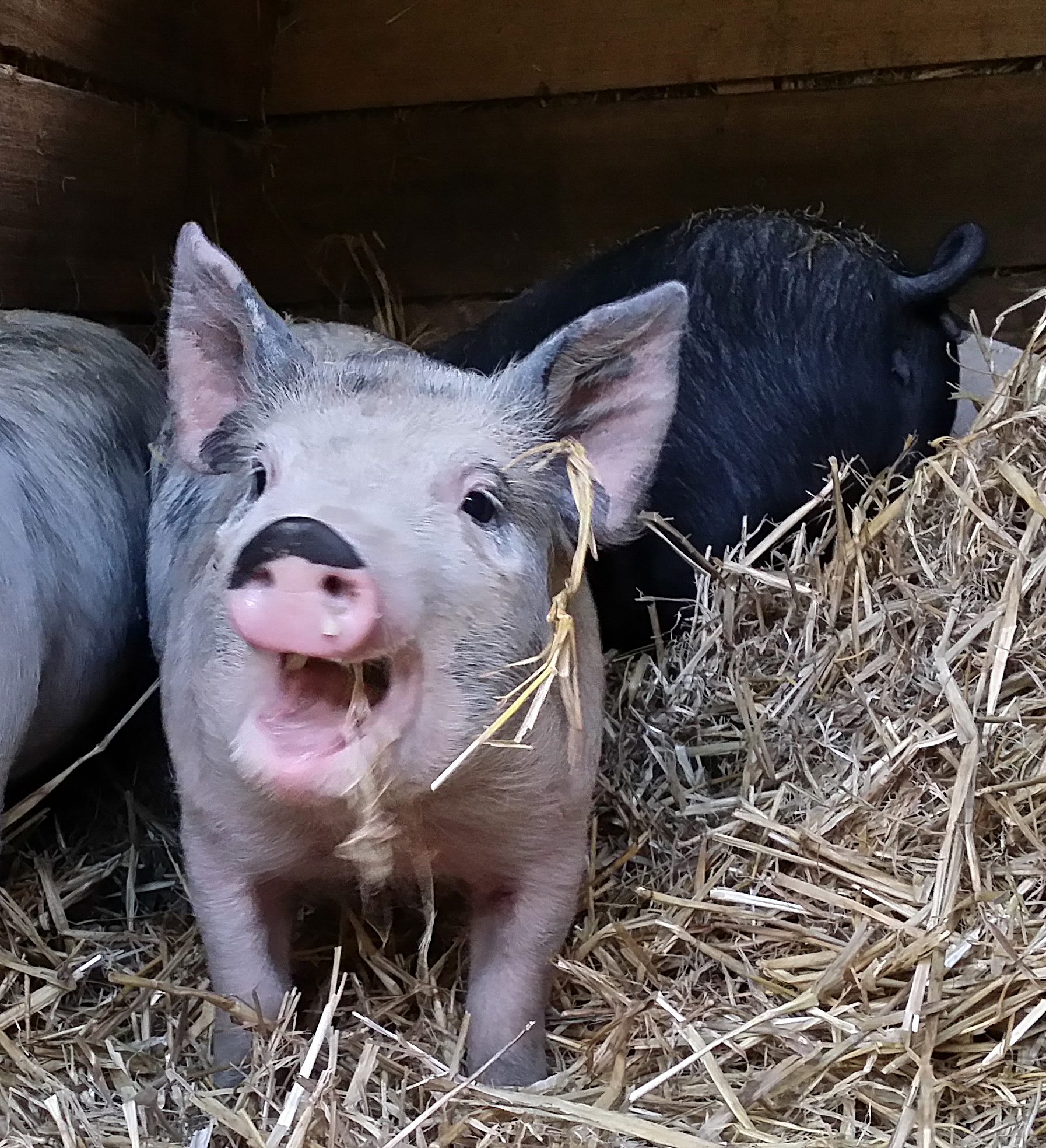Perhaps you are considering a pet pig, or maybe you want some pigs for meat or for farm jobs like ploughing. There are some important questions you need to consider; Will a pig suit your environment? Is there enough space for a pig? How much sheer destructive power will be unleashed if a pig enters your life?
Here is where we have put our four pigs to start with. This area is 10 metres x 12 metres. Here it is on the day we put the pigs in there. Note that there is electric fence around the inside at about 6 inches off the ground. There is also electric fence around the top of the enclosure to stop possums getting in because we don’t want the pigs to eat any meat.
Pig enclosure 12th of April
The pig people had been locked inside their lovely red house for the first week they lived with us so they could become accustomed to their new surroundings. Now they have freedom. We replaced the gate that had been keeping them locked inside their house with a half door so they can get into and out of the house and yet retain some of the straw in the house. They immediately pushed most of the straw out of their house onto the ground.
This is actually a feature. It means stale straw doesn’t build up in the house necessitating the cleaning of said house. Stale straw is all one really needs to worry about with a pigs house as they otherwise keep it really clean. Once they could go outside they immediately selected a designated poo area and from that moment there was a very clean pig house. Stale straw is a problem as they will eat their bedding straw. This is one reason we use Barley straw as it is very nutritious. For now we just keep throwing about a quarter of a bale of straw a day into their house, along with a half a cup of diatomaceous earth. This tops up the straw they push out and ensures they have enough cozy straw bedding for cold nights.
Four little heads poke cautiously out of the house, and then, in the blink of an eye, they are all outside exploring, snuffling and digging.
If there was a job description for pigs it would say “dig all the things”. Digging is pigs raison d’être. What are they digging for? Pigs are omnivores, just like us, so they are digging for roots, worms and fungi, as well as eating pasture. They will also eat small mammals, newborns of larger mammals, eggs and young of ground-nesting birds and reptiles. Basically they will eat anything they can catch, just like us. Including us. Pigs have basically the same teeth as we do; molars, pre-molars, incisors and canines. Theirs are just a bit more hardcore.
Porcine teeth
Pigs are not mild mannered unassuming animals. They are like industrial strength dogs. Smarter than dogs and fast, really fast. And cunning and ruthless. If you fall down and can’t get up in your pig pen they will eat you. Which is only fair, because we will eat them. You have to respect pigs. Pigs are very smart (but you probably won’t be able to see that article because Elsevier thinks it is more important that they should make money than that research should be shared so read this instead) as smart as a three year old human. Now imagine a 300kg three year old and you will have some appreciation of what keeping pigs is like.
So the pigs are out and about investigating their new environment having a great time. Just one problem, they can’t get back into their house. As you can see in the image below, the pig house is raised off the ground. This is important to keep the pigs both dry and warm as we live in sunny Tasmania and it’s coming on for winter. In this photo you can also see the rocks that were there from the last time we had pigs. Sadly these new pigs are too small to get back up into the house via said rocks. If you look closely you can see that there is a row of apples across the front of the inside of the pig house. This was our attempt to motivate them to try a bit harder to get back into the house. This was a total failure. Their little legs are just too short. Pigs seem conscious of their bulk and don’t like to get into situations that involve any kind of unsteadiness on their feet.
After some cautious exploration the pigs love it and can now sleep snug in their house.
Time passes and the piggies affect their environment. They eat the green things and dig. Only five days after they are released they have already done this.
Pig enclosure 17th of April.
As you can see they have turned over a considerable amount of the area.The left hand corner appears almost completely unscathed, this is because it is the pig toileting area and so they don’t like to dig it. We have added some hay for them to eat and to dig into to start preparing the soil for the thing we will do after the pigs have moved on, which is plant something.
Ten days later it is like this. They are also noticeably bigger. They have dug in most of the hay we provided them, as well as the straw that escapes from their house daily.
They have eaten a lot more of the vegetation and turned over much more earth. With a bit of rain things are starting to get slippery in pigland. It is now strictly gumboot territory though there is still some greenery.
Two weeks later, it looks like this.
90% of the greenery that was growing is gone. The entire are has been turned over. After having 55mm of rain over these two weeks portions of the yard are now gumboot eating mud slicks. Four three month old pigs have destroyed an area of 120m2, an area similar in size to many suburban back yards. If this is all the space you have available then perhaps pigs are not the animal for you, unless the gumboot eating mud slick look is what you are going for.
Time to give them more space.
This is the paddock area that they four little relentless growing, digging machines now have access to. When we let them out they wouldn’t go out at first! Their egress had been restricted by an electric fence. Now that it was suddenly gone it took them a while to come to this awareness. At first they absolutely would not cross the line where it had been. It was the line of pain, and the pigs had come to respect the magic pain giving white tape. We lured them out with apples and eventually they crossed the line. Once out they immediately ran around the entire perimeter of their new area until they decided that under the trees was the place to be. Here are Midnight and siblings overlooking their new domain.
Future posts will detail how they treat this new extended area. But in the mean time here is a video showing just how good they are at digging.

